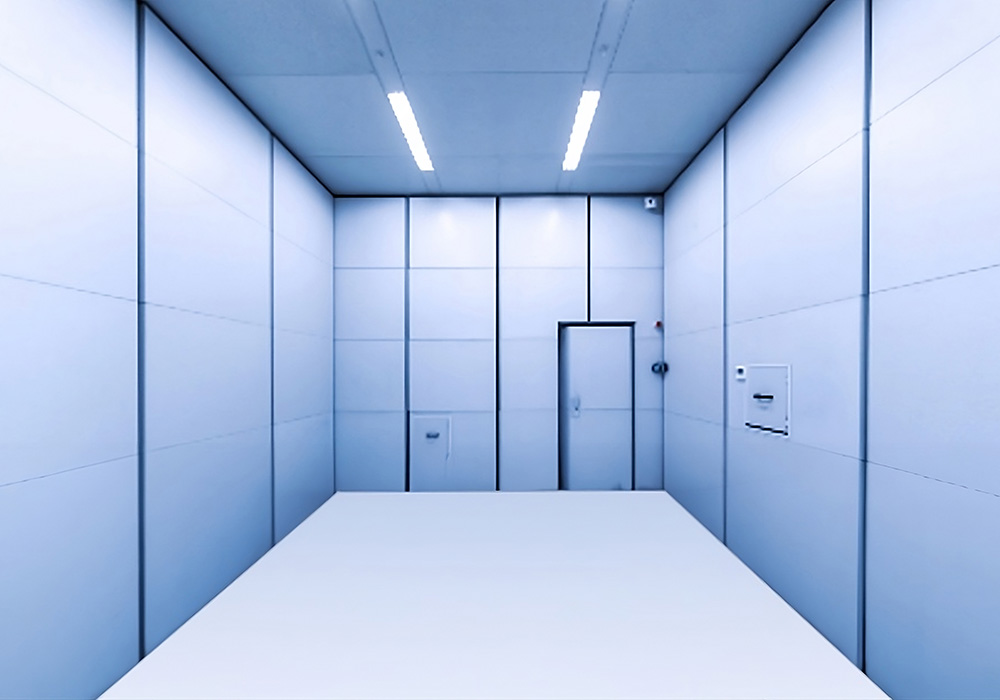

Our team of experts combines virtual simulations and physical testing methods to create optimal acoustic solutions and give your products an outstanding sound.
At Bertrandt's Acoustics Center, we perform all the necessary tests for vehicle acoustics - from material samples to component tests to the complete vehicle- With the goal of harmonious acoustic optimization and functional preservation of the components.
This acoustic optimization begins in the early development phase of new model series and extends from current series vehicles to concept and pre-development phases.
With regard to electric mobility, we are working intensively on topics such as AVAS (Acoustic Vehicle Alerting System) and e-sound design for vehicle exteriors and interiors. In quiet e-vehicles, passengers perceive sounds in the interior more intensively.
Our focus is on designing the pass-by sound - the acoustic perception of the vehicle from the outside. Here we work on innovative approaches to make the sound of the vehicle recognizable, for example by modifying the body structure or using actuators.
Our analyses include frequency and order analyses as well as modal analyses to understand and optimize sound events and vibrations in the vehicle. With transfer path analysis, we analyze sound transmission from the source to the receiver and derive possible improvements.
We would be happy to advise you personally. Please contact us.


